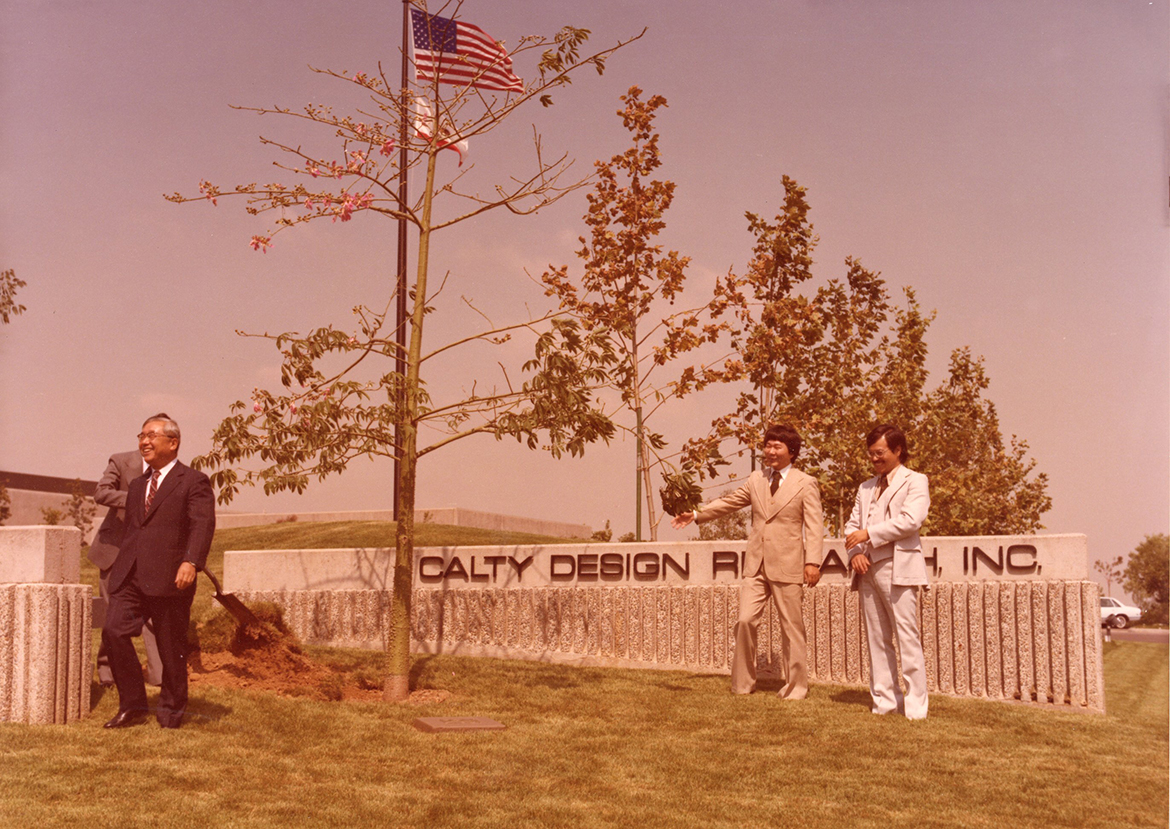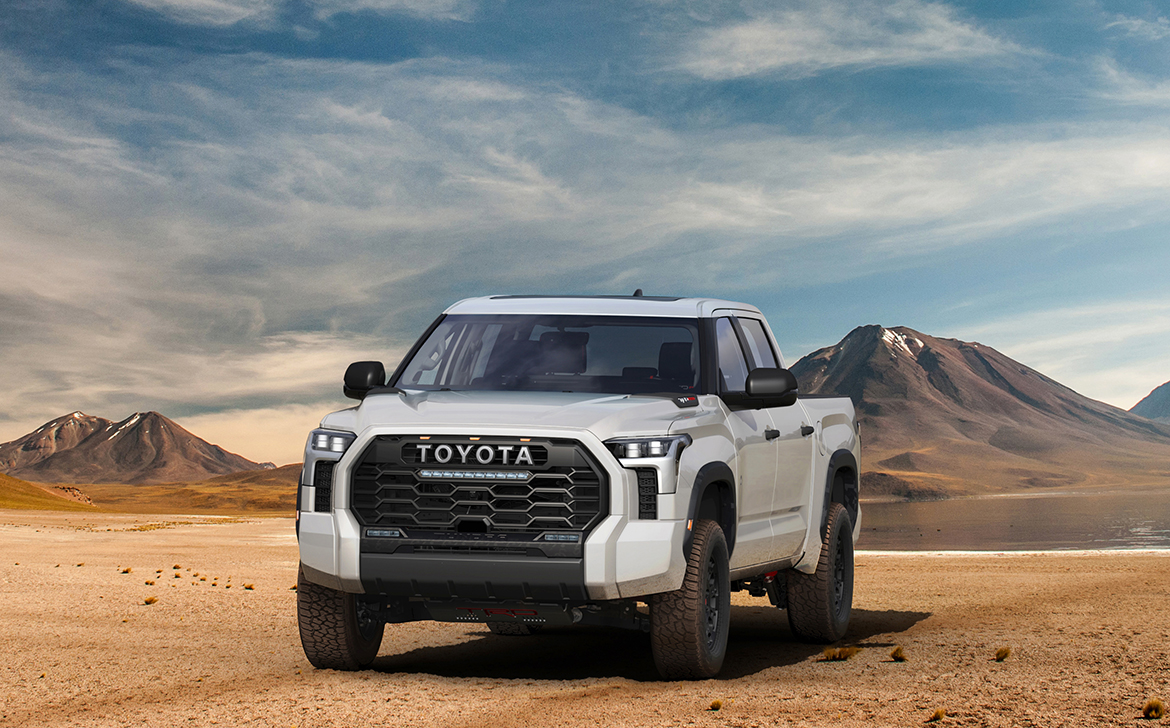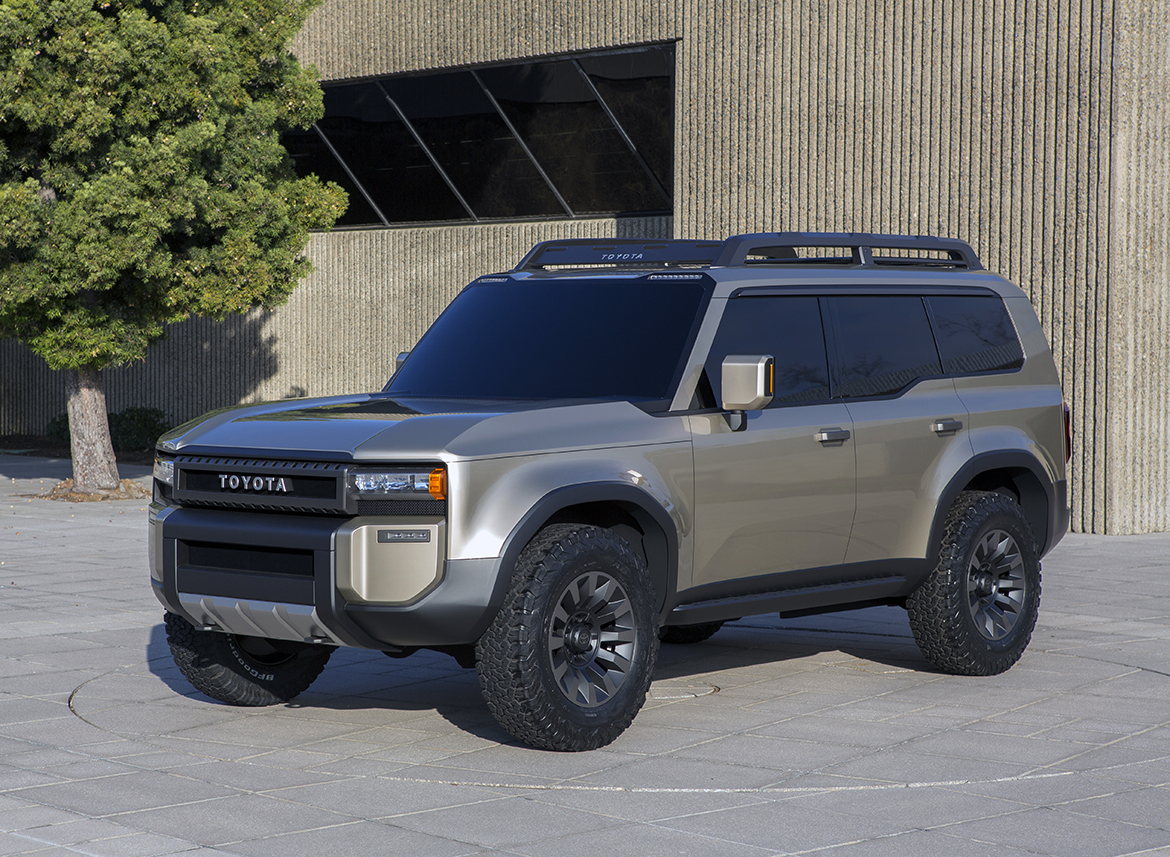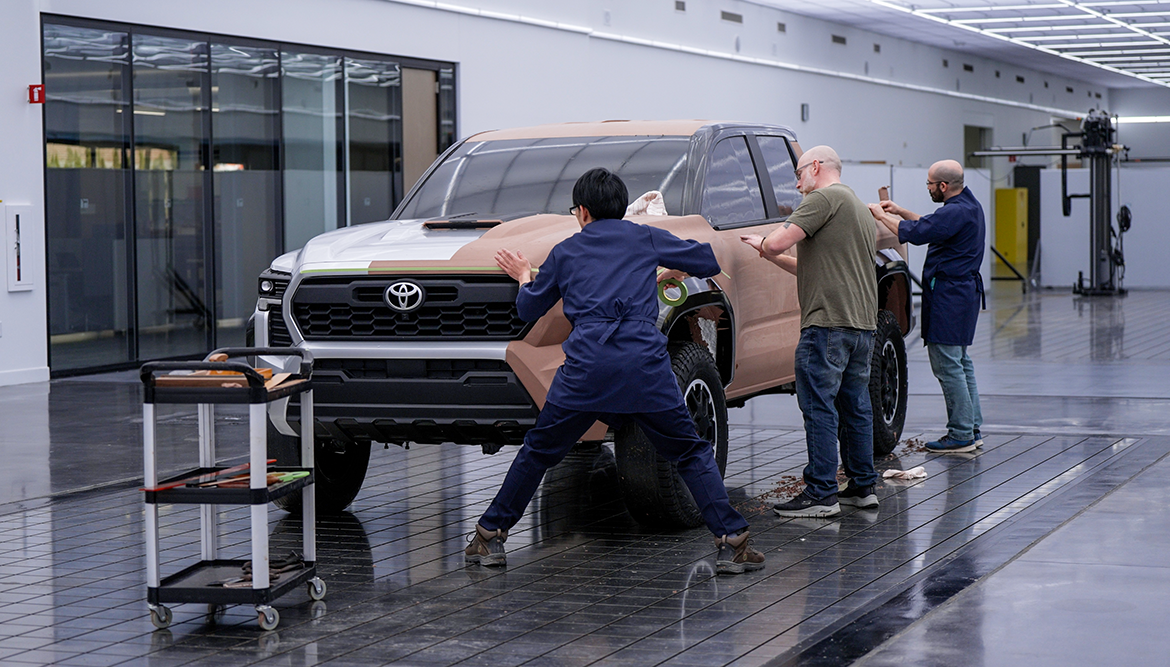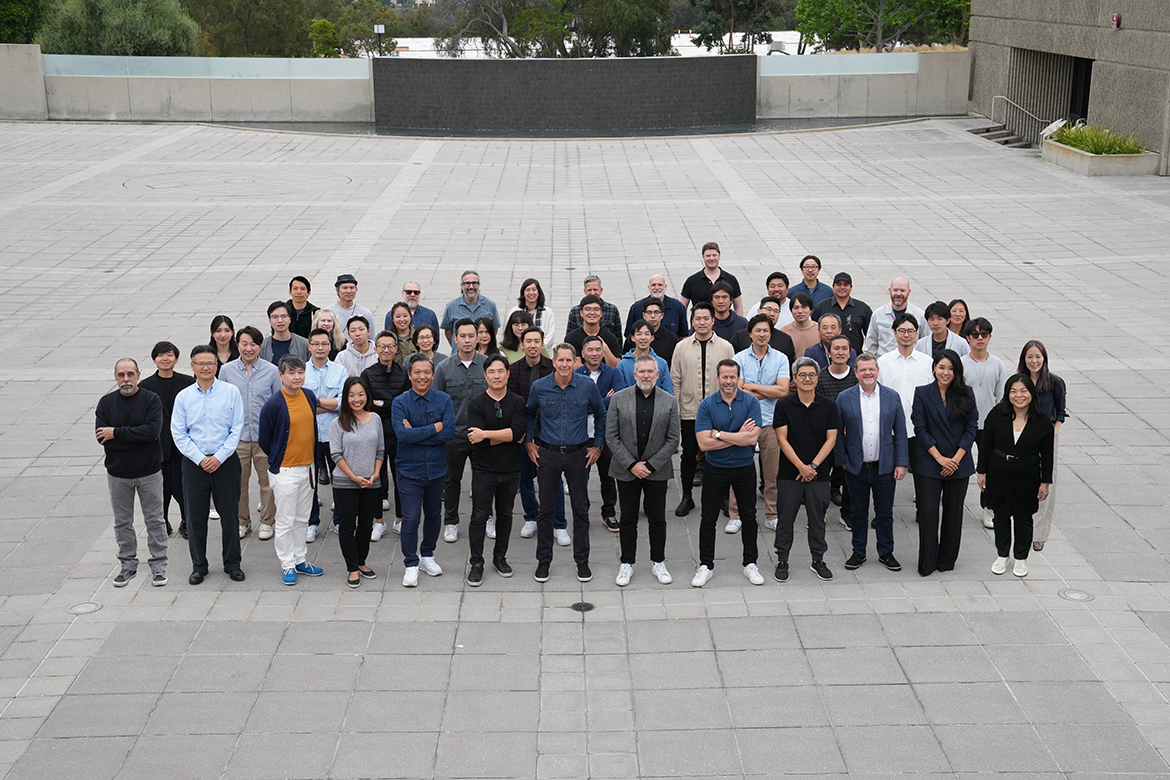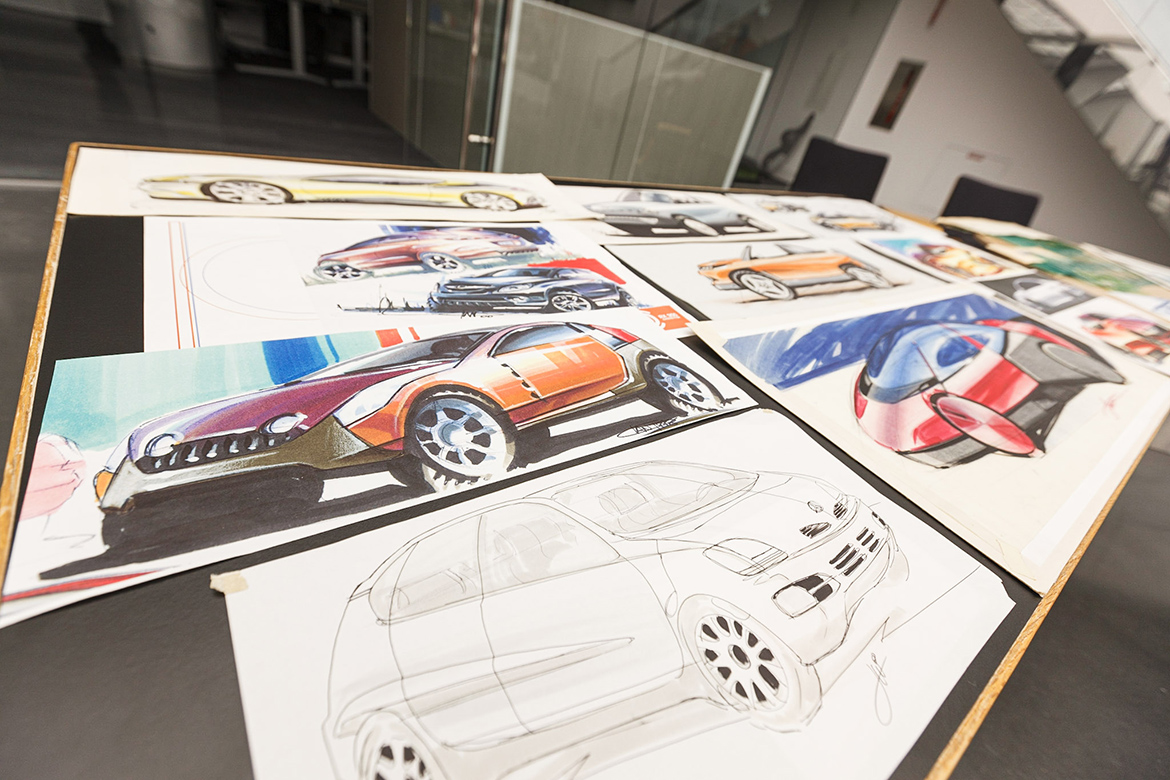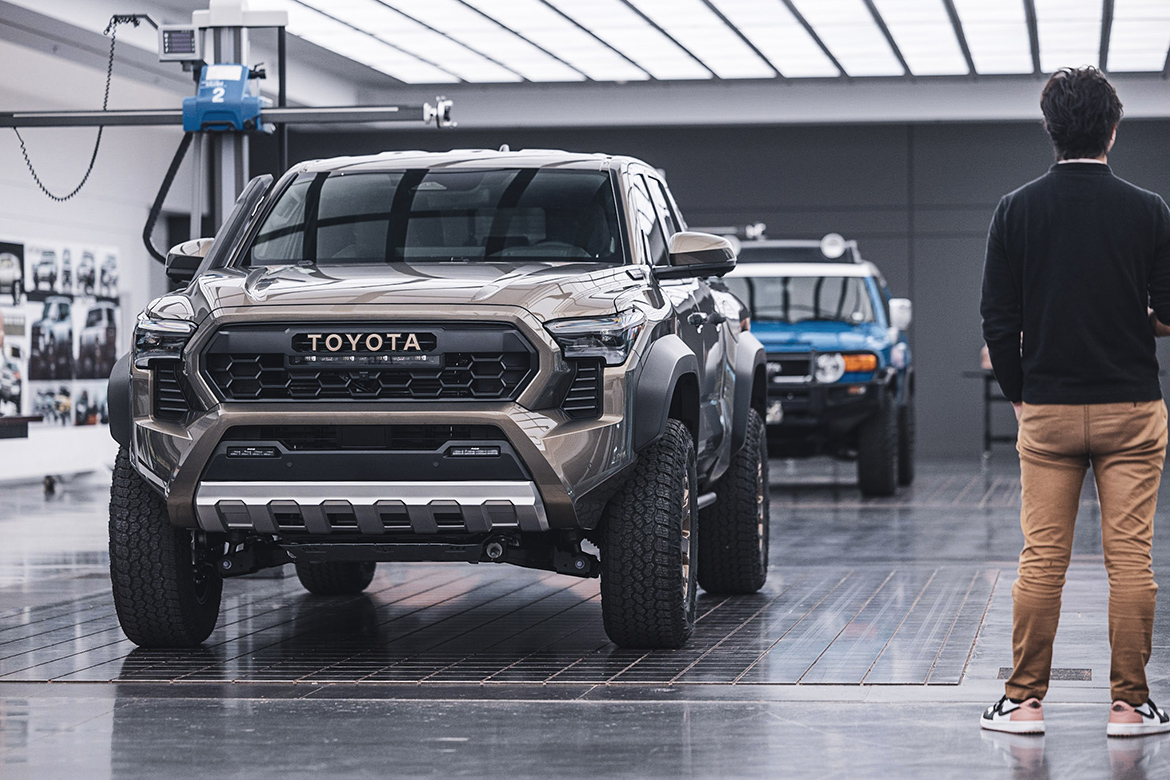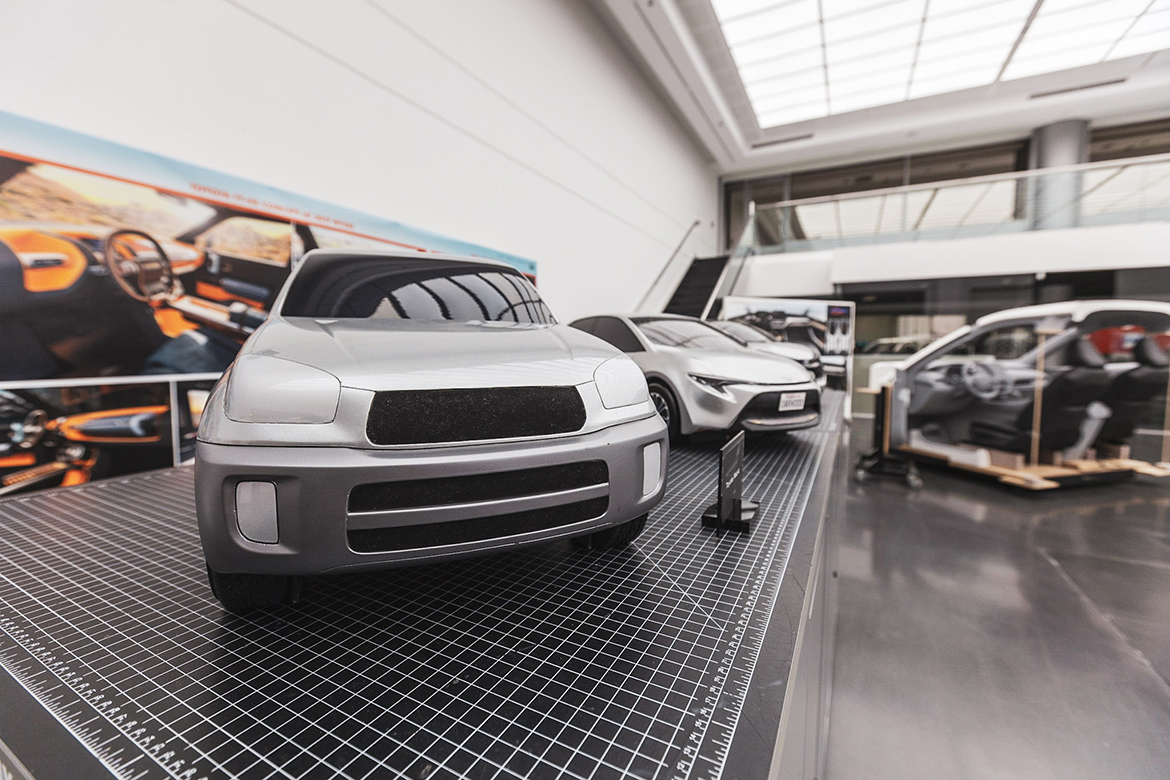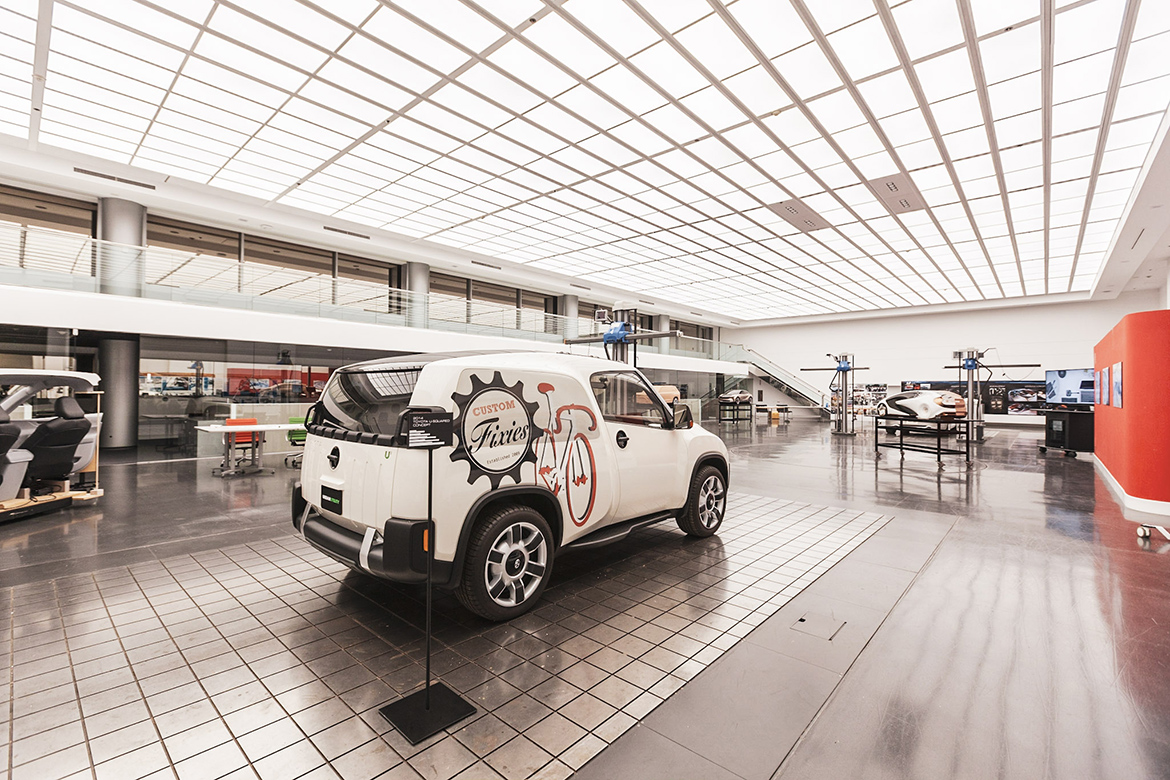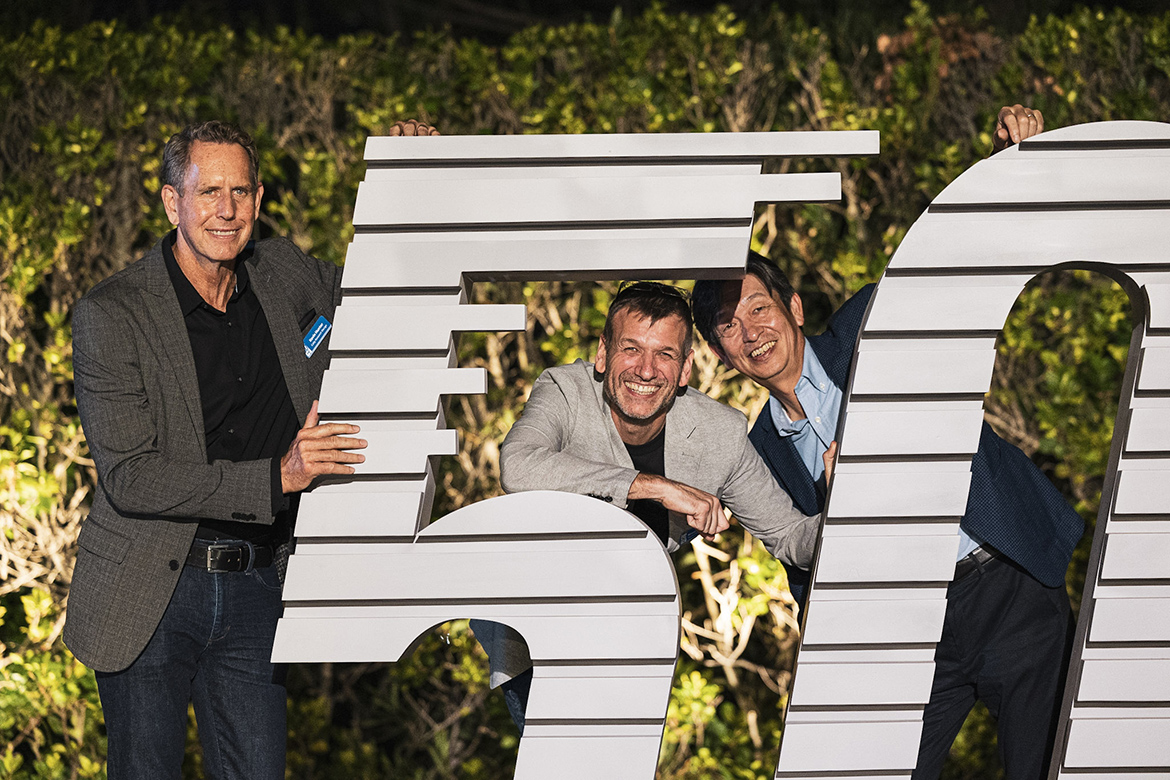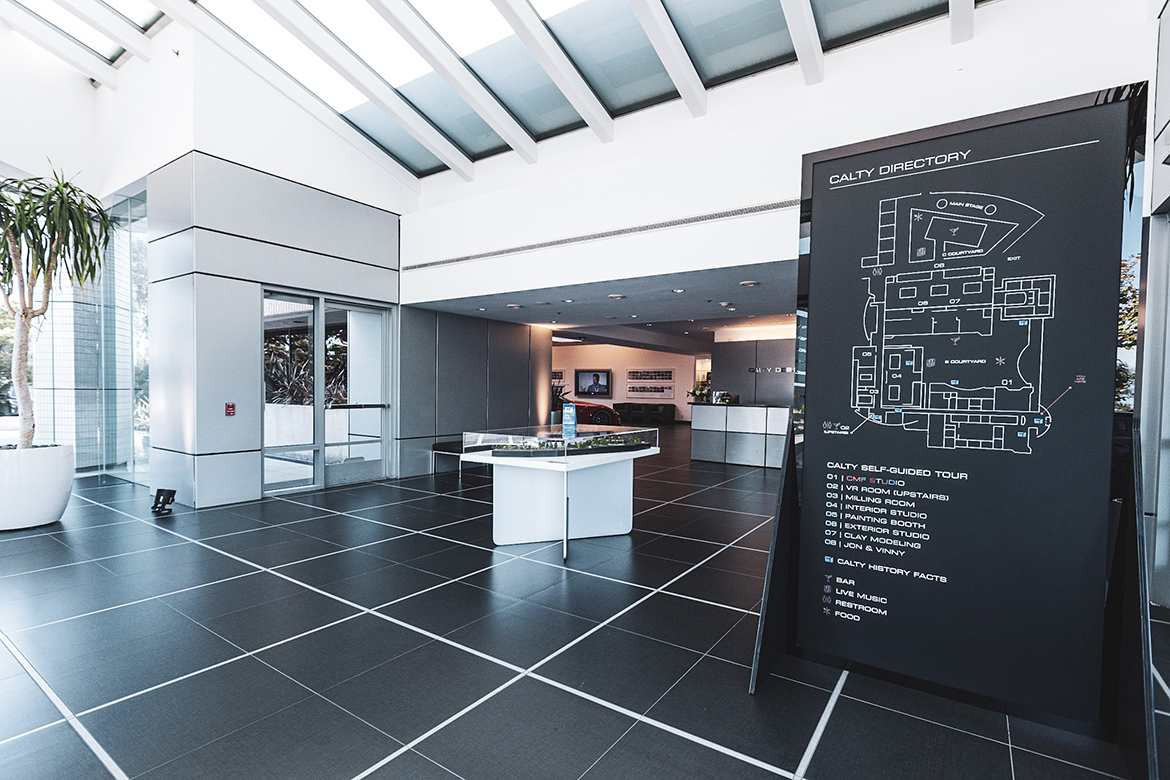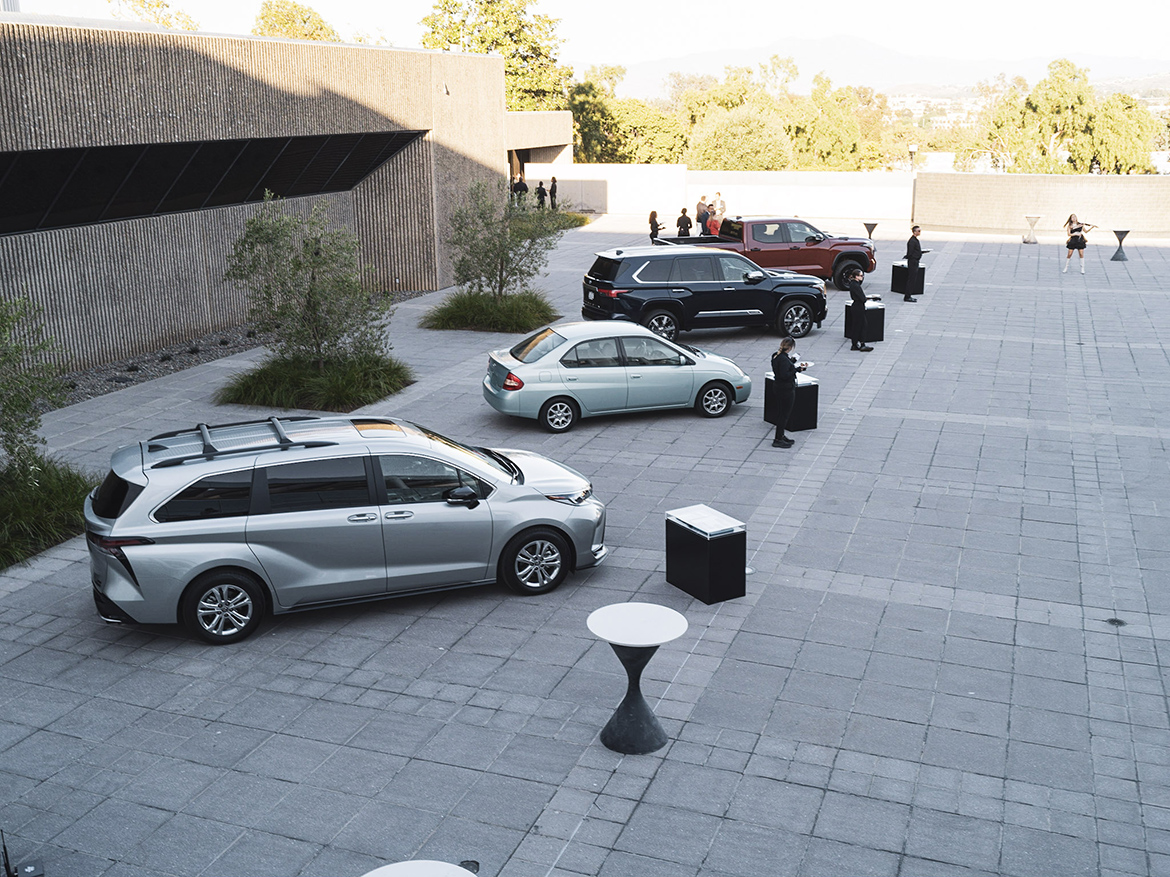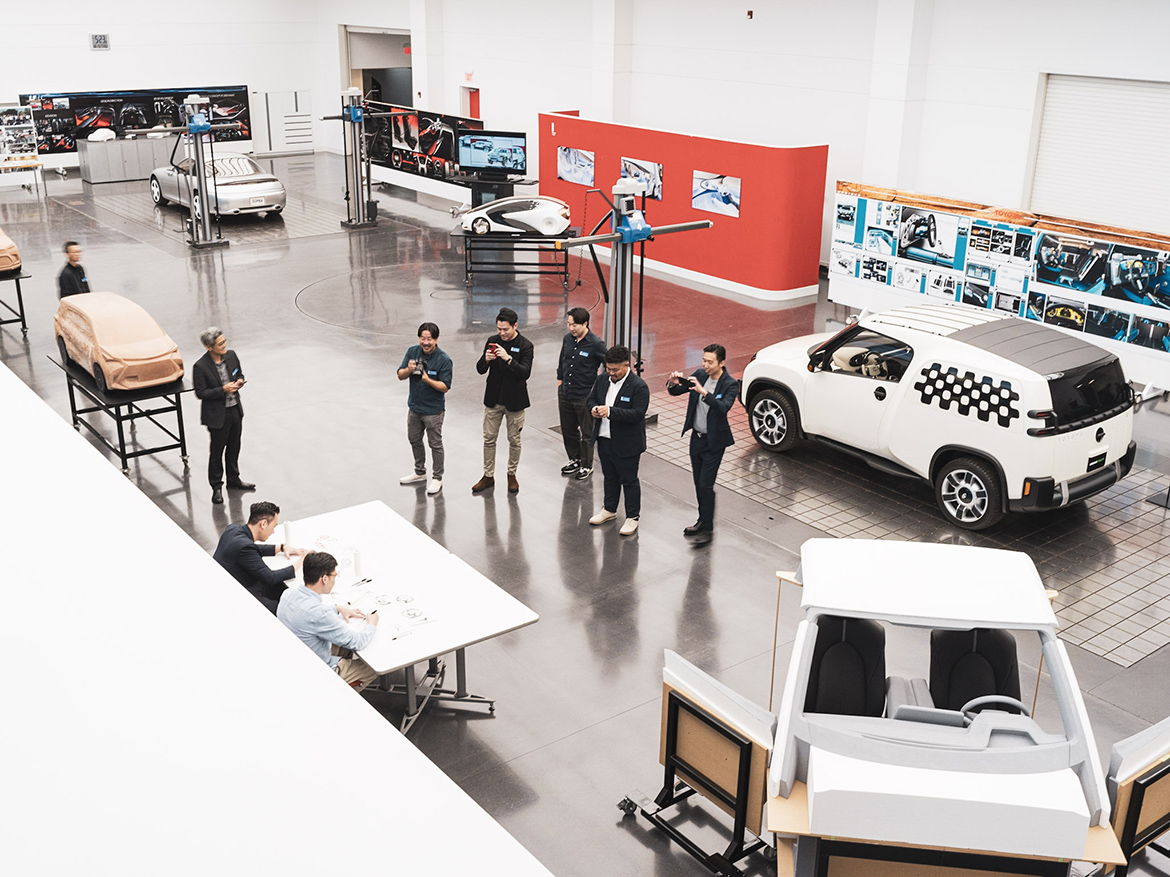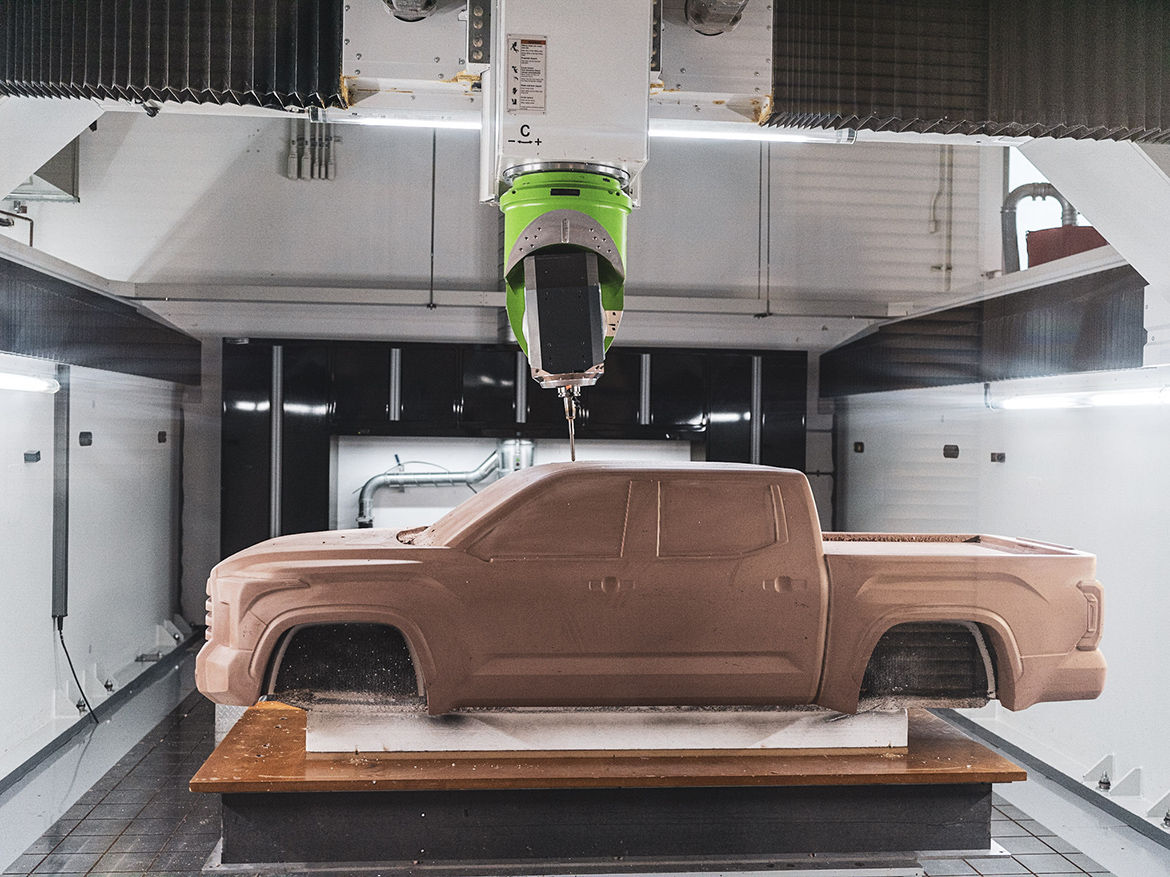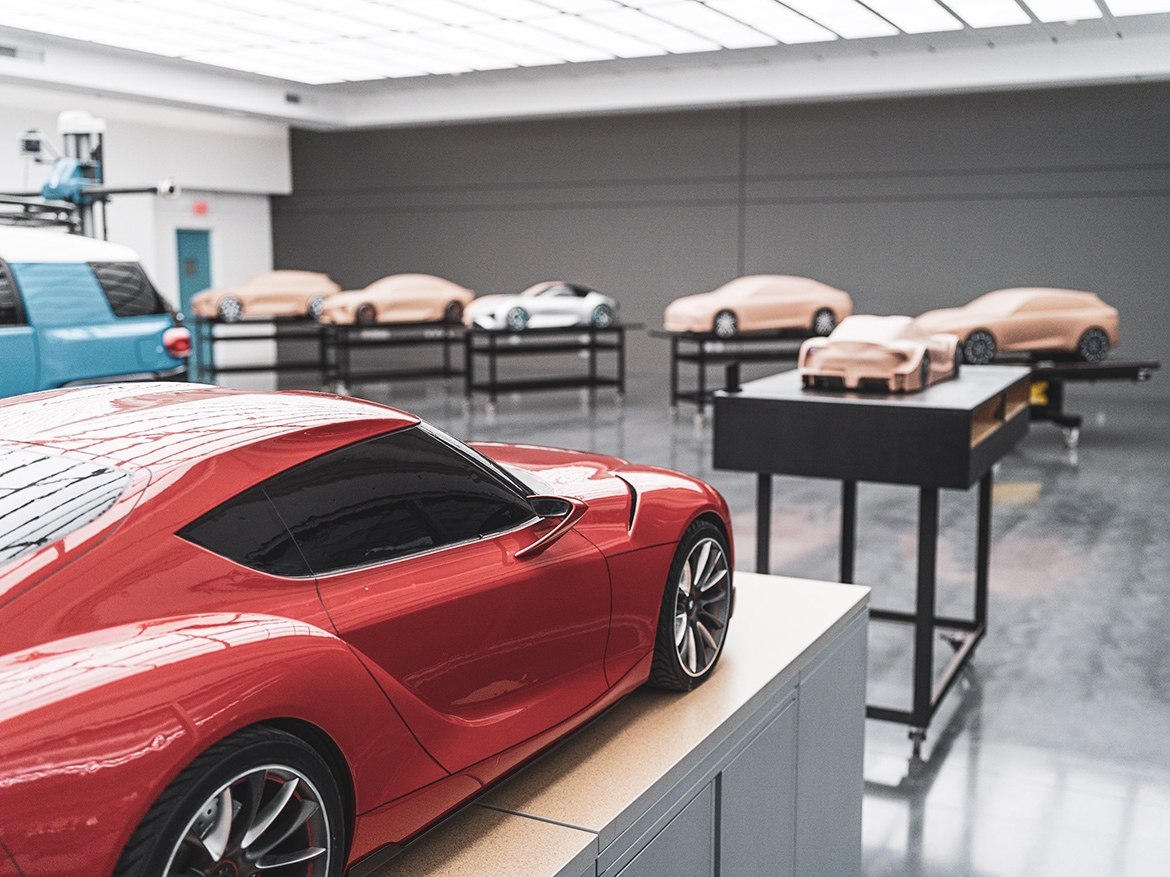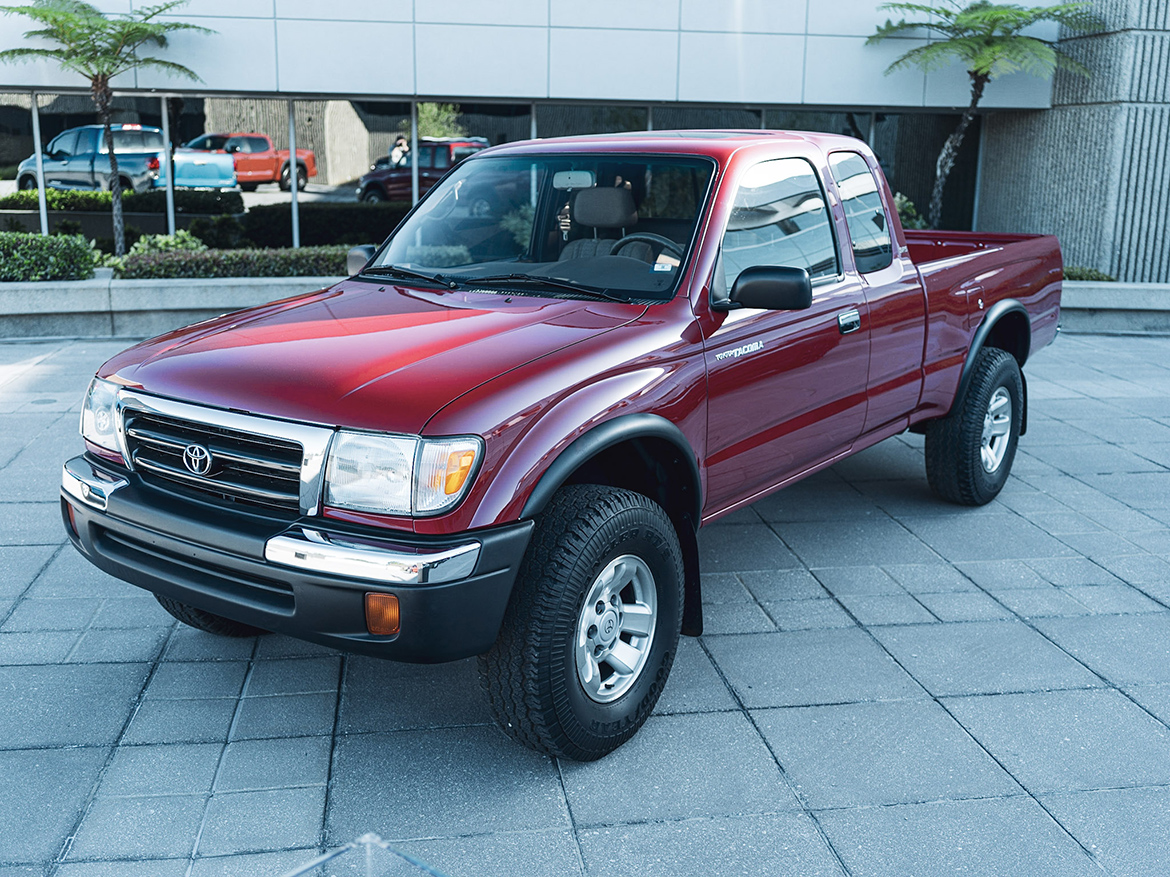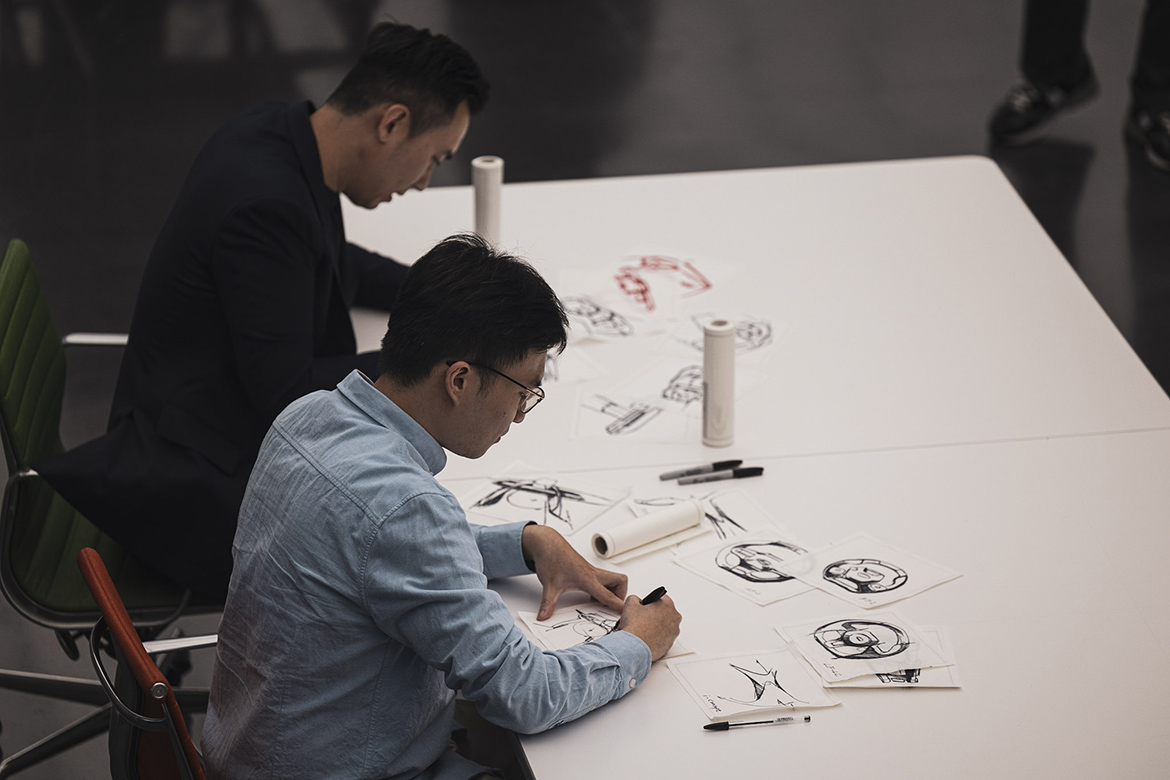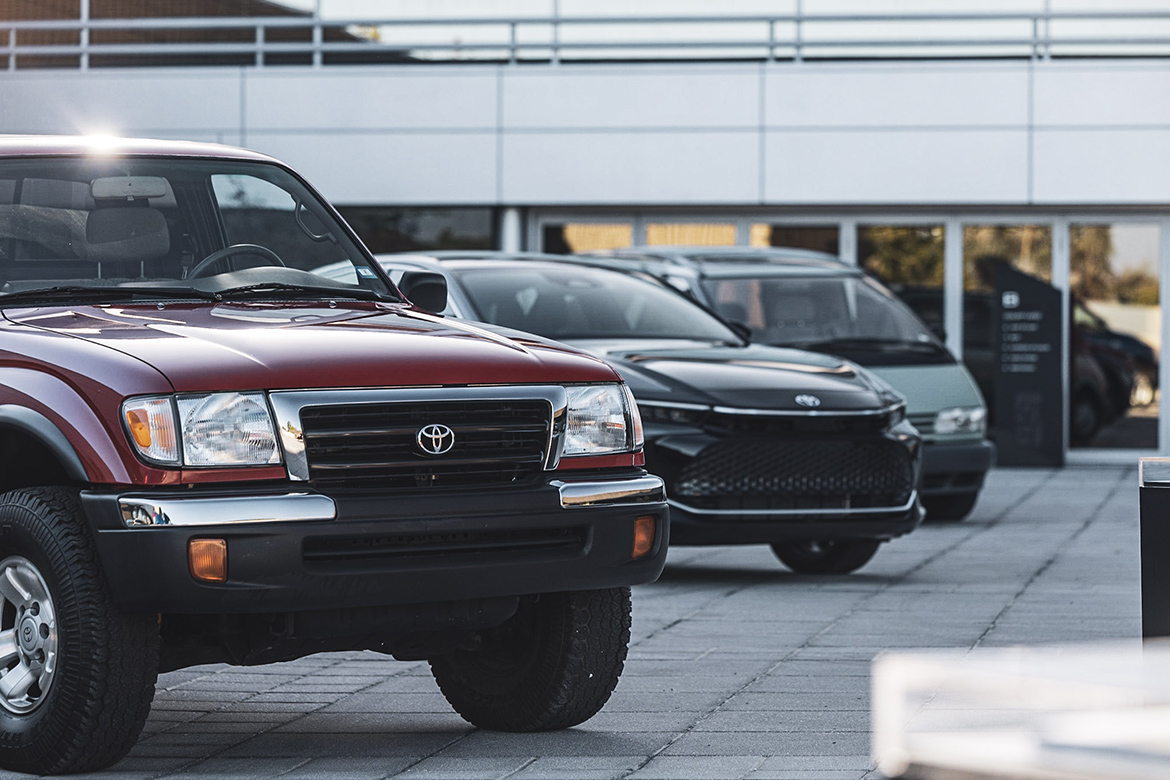When it comes to automotive design, Japanese manufacturers aren’t necessarily known for being pioneers. But in the case of Toyota, in marking the 50th anniversary of Newport Beach-based CALTY Design Research, the term pioneer is most appropriate. It was in 1973 that Toyota, under the direction of Shoichiro and Eiji Toyoda that the first California design studio by a major manufacturer was established in El Segundo. The CALTY name is an amalgam of California, Toyota and Yachioda Sangyo, a trading company that had a 20-percent stake in the operation until 1999.

Toyota Celica – 1978
The new design center was opened by general manager Noritsuna Watanabe and studio chief Mamoru Yaegeshi, who employed an American, David J. Stollery, an Art Center College of Design graduate and former GM stylist, among its first designers. As one of Toyota’s largest markets in the U.S., California was also viewed as an incubator of automotive tastes, including a fondness for the coming wave of Asian imports. It was important then, for Toyota to establish an outpost that was not only close to the market, but also a wellspring of innovative design.
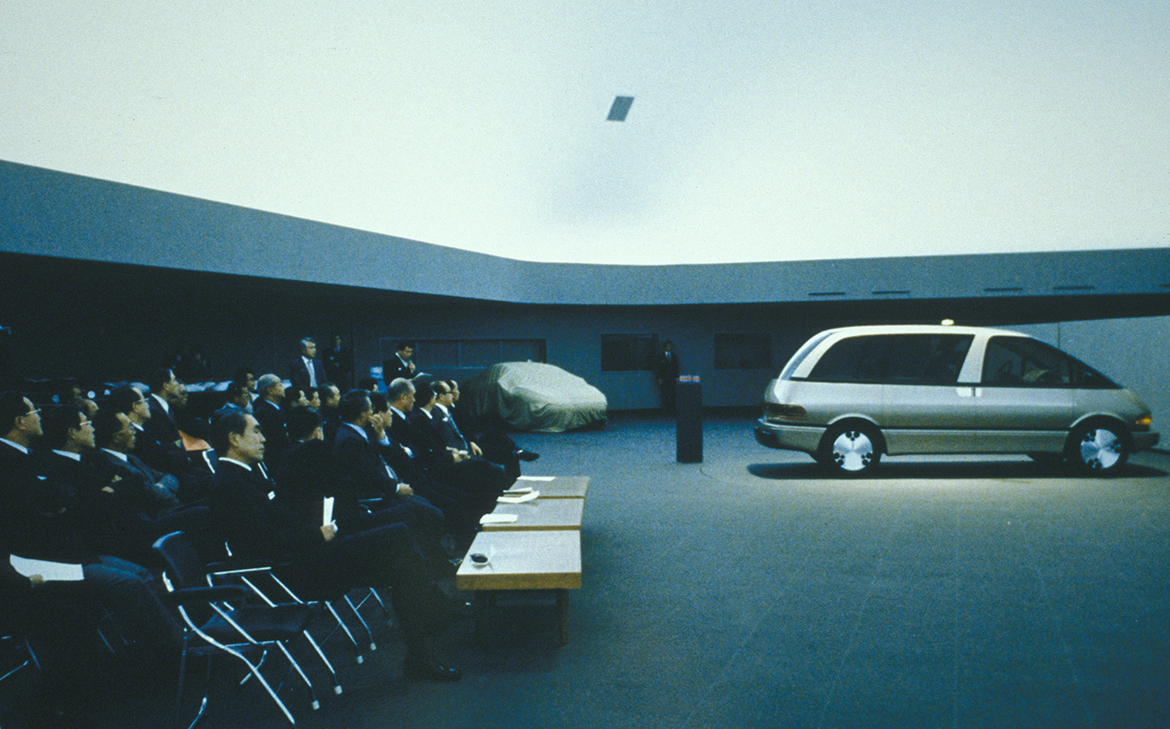
Toyota Previa – 1991
Toyota blazed the trail for other manufacturers who followed with California design operations, including all the Big Three as well as import makes spanning the alphabet from BMW to Volkswagen. Doris Kusumoto, CALTY’s financial manager at the time, recalled that “El Segundo wasn’t a campus. It was one portion of a modest building in an industrial area. There were about six designers and 25 people total in support. Early on there was an underdog feeling at CALTY which helped working there feel like a team effort.” Adding to that underdog spirit was the tight security surrounding the operation. “We kept it as a hush-hush operation,” Kusumoto said. “Some locals thought we were a small manufacturing facility, or even selling t-shirts. Early on it was so low profile, we were not allowed business cards.”
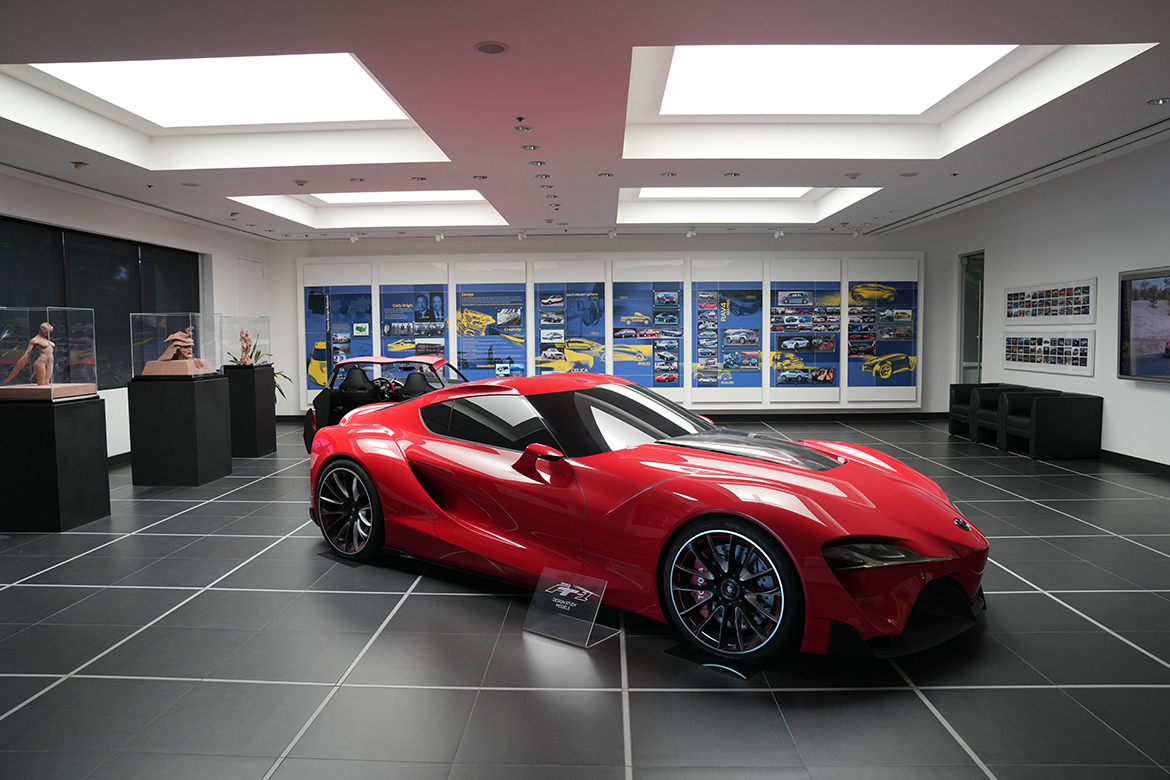
Toyota Supra concept – 2020
In 1976 Kazuo Morohoshi took over and oversaw the subsequent move two years later to a purpose-built facility in Newport Beach which now encompasses 85,000 square feet. During that period the first production model emerged from CALTY, the second-generation 1978 Toyota Celica developed by Stollery’s team. CALTY was off and running. With a mission to develop both concept and production cars aimed primarily at the U.S. market, the list of vehicles to emerge from the studio is impressive. In addition to Toyota passenger vehicles, like the Previa and Sienna minivans, Corolla, Camry, Avalon and Venza, CALTY also designed production models for Lexus in the SC400 and LC 500 Coupes along with Scion products like xB and tC. With the addition of the 32,000-square-foot Ann Arbor studio in Michigan, CALTY also has taken the lead on Toyota truck and SUV design with the several generations of the Tundra, Tacoma and Highlander.
CALTY has an equally long history of producing concept vehicles starting with its first effort, the CAL-1 which debuted at the 1977 Tokyo Motor Show. Some models, like the 2012 Lexus LF-LC and the 2014 Toyota FT1 would later see production as the respective Lexus LC 500 and current generation Toyota Supra. Others, like the MX-1 and MX-2 mid-engine supercars of the 1980s, would never see an auto show stand, much less production.
Today, both the Ann Arbor and Newport Beach facilities, along with an innovation hub in the San Francisco Bay Area, are under the leadership of Kevin Hunter, president of CALTY Design Research. Hunter, who started with the studios in 1982, believes that even in the post-COVID world of remote or hybrid work schedules, CALTY remains relevant. “There’s still a reason for these studios, we have a hybrid work format and it’s important to get together and meet in person. It’s through these interactions that spontaneous ideas happen.” Hunter says that the Newport Beach and Ann Arbor have specific roles, with the California operation working on more advanced projects and then handing them over to Ann Arbor, which is charged with bringing the designs through to production. As part of the celebration, the latest advanced CALTY concept was unveiled in the form of the Toyota Baby Lunar Cruiser (BLC).
This futuristic electric vehicle incorporates styling cues from both the original FJ40 and more recent retro-inspired FJ, the latter of which was developed from a CALTY concept. The BLC also derives it style and features from a real lunar cruiser under development between the Japan Aerospace Exploration Agency (JAXA) and Toyota. The concept is from the team headed by Ian Cartabiano, vice president of advanced design, who last year returned from Europe to take up his current post at CALTY. He also believes that the regional design studios remain the key to unlocking innovation.
“You need input from different parts of the world for new ideas.” The difference now is that in the past studios would be in competition with each other on the same projects. “The home team now needs to reach out to different parts of the world to create designs faster. There needs to be more cooperation where we all work together towards the same goal.” That need is even greater as the industry transitions from traditional internal combustion engine vehicles to a new era of electrified and autonomous transportation. “As we continue our journey from the automotive era into the mobility era, here is one thing I feel I can say for sure,” says Simon Humpries, Toyota Motor Corporate Chief Branding Officer and Head of Design. “CALTY will be at the forefront.”

